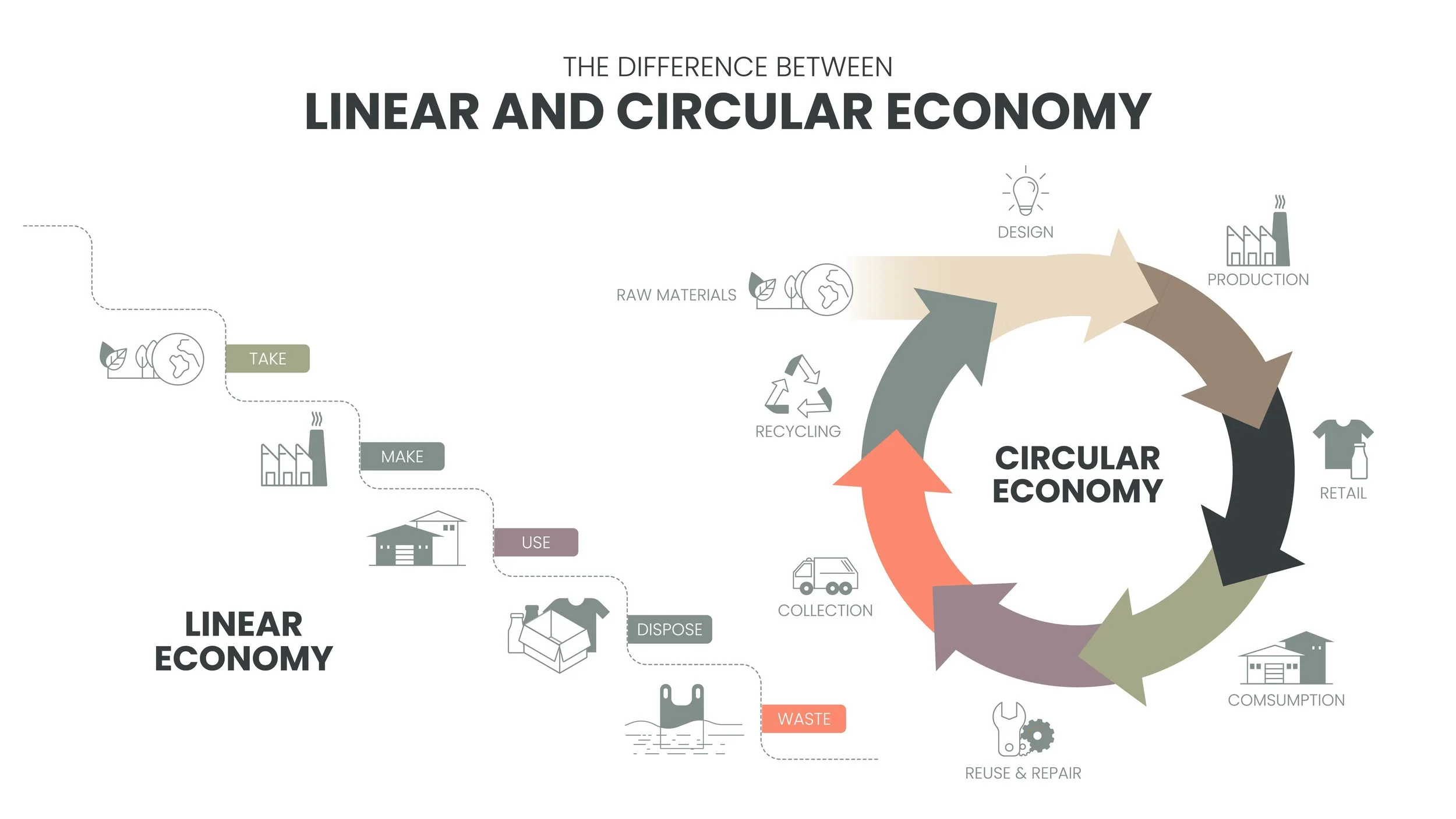Embodied Carbon: How Architects, Construction & More Can Start Making Change
Embodied Carbon is becoming a larger topic across all areas of the building process. From the design of homes and commercial buildings, to the construction process itself it’s essential to keep embodied carbon in mind.
Responsible for 39% of global energy related carbon emissions, the construction industry has a big part to play in sustainability and countless areas of improvement. At Studio VMA, we look at this as an opportunity for every step of the process to be better and start contributing in a positive way in terms of sustainability.
Embodied carbon, as many of us know, is simply the carbon dioxide emissions that are linked to the construction process throughout the entire lifecycle including manufacturing, shipping materials, the construction and more.
In this article, we’re going to discuss the background of how the industry contributes so much, what we can focus on to help reduce emissions (such as Life Cycle Assessments) and how Studio VMA is using unique, innovative ways to combat the embodied carbon issue.
All About Embodied Carbon & The Construction Industry
As we now know, embodied carbon is essentially the carbon footprint of the industry and includes all aspects of it. When it comes to waste, building maintenance and more the CO₂ is also taken into account.
In the Greater Toronto Area, and across Canada, there’s a focus on housing and commercial real estate. With buildings going up faster and faster every year, embodied carbon becomes an increasingly important conversation.
One of the biggest factors of embodied carbon issues in the construction industry is materials. For example, one used frequently is concrete, which creates quite a bit of CO₂ emissions and with buildings going up at faster rates, this can accelerate the emissions. In addition to materials, looking at the operations of a construction site to reduce carbon emissions is also essential since all aspects of the build feed into it.
The good news is that we can start working on reducing, but it takes innovation and focus from the beginning when you’re working with architects and engineers.
What Helps Reduce Embodied Carbon?
All it takes is some innovation and thinking outside of the box. It can be tough to do this when everyone in the architecture and construction space have their processes and partners they regularly work with. But, stepping out of that headspace is essential for us to focus on sustainability and doing what we can to reduce emissions.
There’s a few ways that Studio VMA focuses on this from start to finish. One of the biggest things is offering our clients a Life Cycle Assessment which showcases the amount of embodied carbon and how we can reduce it as much as possible.
In addition to the Life Cycle Assessments, we focus on utilizing low-carbon materials including mass timber and more. By limiting the amount of these materials we can cut down on the carbon emissions. We try our best to reuse materials where possible and design buildings and residences that will focus specifically on this while creating a wellness-first environment.
We work closely with construction partners to minimize waste and focus on using all parts of our materials, along with all other aspects of the process. Since every project is so different, this is why we now offer Life Cycle Assessments from an architectural perspective from the beginning.
These Life Cycle Assessments are essential to understanding the overall impact that your project will have on the environment. Allowing the architect you’re partnering with (such as Studio VMA) to do this, means that you’re able to take the design and discuss from experts like us on how aspects of the construction process can reduce their carbon footprint. This not only helps with sustainability, but makes clients more confident with what you’re offering as the proper due diligence is being done.
Curious about Studio VMAs offerings and to learn more about their Life Cycle Assessment process? Read out on our contact page!

